Until September 28th the iconic Sala Bianca of Palazzo Pitti in Florence will host Jacopo Ligozzi “PITTORE UNIVERSALISSIMO”, the exhibition curated by Alessandro Cecchi, Lucilla Conigliello, Marzia Faietti in collaboration with Anna Bisceglia and Giorgio Marini, that for the first time showcases the wide activity of the Veronese painter Jacopo Ligozzi in the Florentine panorama. Among the famous series of “naturalia”, allegories and altarpieces is a real surprise to discover even his role as designer of clothes, bizarre glasses, scenic design and fine storied marble tops made by the grand-ducal manufactory.
Born in Verona in 1549 and descendant from a Milanese family of embroiderers, Jacopo Ligozzi began his activity between Trento, Verona and Venice, then he moved permanently at the grand-ducal court of Francesco I in Florence (1575), where he remained until his death in 1627.
The exhibition opens with a wide selection of naturalistic drawings of plants and animal species made during the first ten years at the Medici court. The meticulous scientific details made his watercolors so realistic that the proto-scientist Ulisse Aldrovandi claimed they lacked only breath.
Then Ligozzi gained the same fame as portrait painter: in the exhibition there are the female Portrait of Virginia de’Medici from the Uffizi Gallery and the Portrait of Margherita Gonzaga coming from the Museo Nacional in Lisbon. In both paintings is evident the influence of the family tradition of embroiderers in the almost obsessive attention to details. The creative flair of Ligozzi manifests itself in the splendor of jewelry and accessories such as the large crown studded with pearls and adorned with colorful feathers framing the golden curls of Virginia de ‘Medici and the precious chain given by her mother on the occasion of the marriage to Cesare d’Este; the large eagle-shaped brooch pinned on the left sleeve of Margherita Gonzaga’s dress which refers to the coat of arms of her husband Alfonso II d’Este, the breastplate with the unusual triangular diamond pendant, a pair of bracelets with alternating stones and pearls, and finally the lace ruff that covers the neck according to the austere post-Reformation canon.
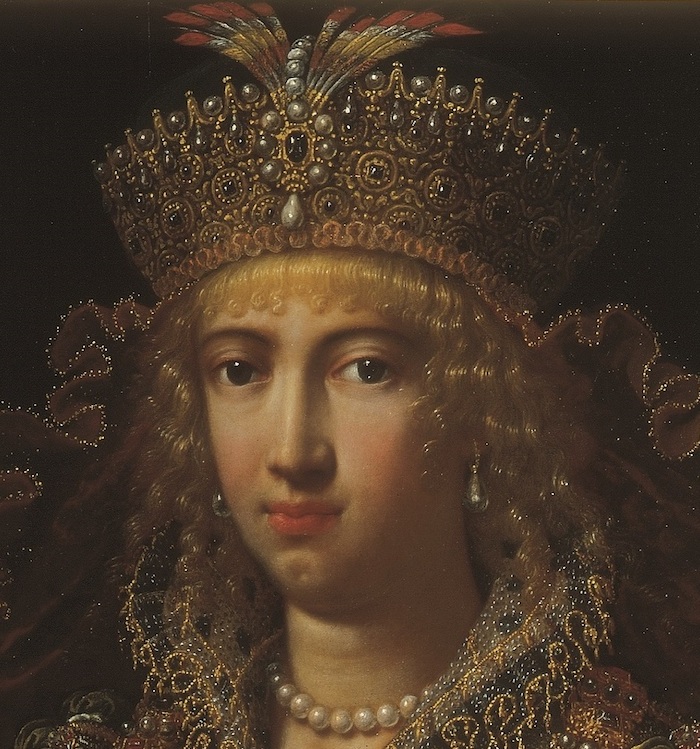 |
| Mostra Jacopo Ligozzi Firenze – Ritratto di Virginia de’ Medici, 1586 – Courtesy Press Office |
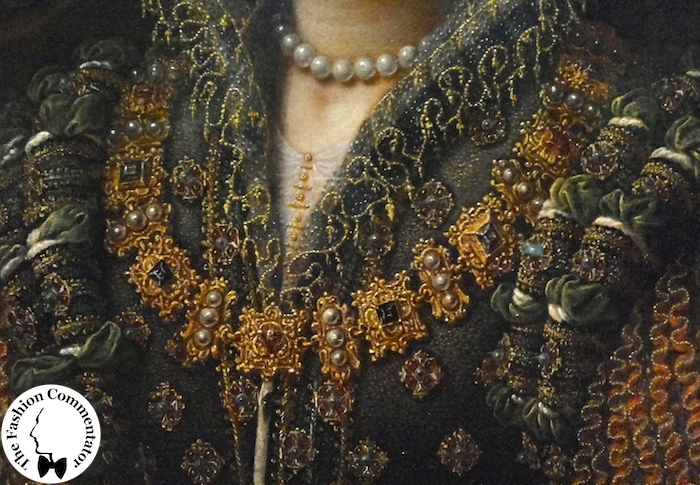 |
| Mostra Jacopo Ligozzi Firenze – Ritratto di Virginia de’ Medici, 1586 – dettaglio catena |
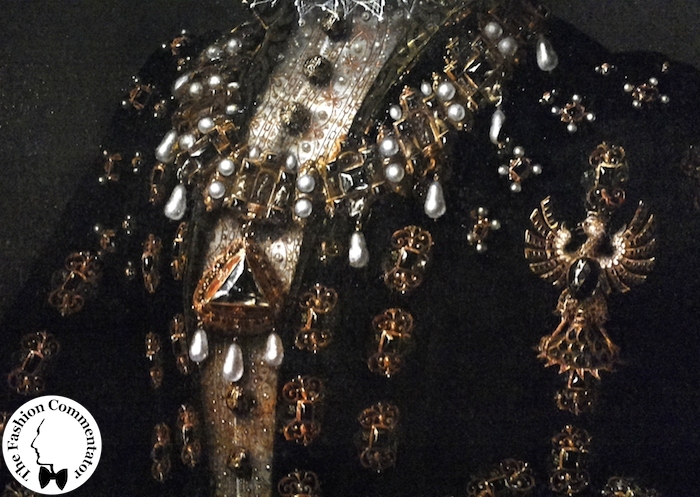 |
| Mostra Jacopo Ligozzi Firenze – Ritratto di Margherita Gonzaga, 1593 – dettaglio catena con pendente |
Mostra Jacopo Ligozzi Firenze – Ritratto di Margherita Gonzaga, 1593 – bracciali e anelli
Mostra Jacopo Ligozzi Firenze – Ritratto di Margherita Gonzaga, 1593 – spilla, bottoni, catena
Mostra Jacopo Ligozzi Firenze – Ritratto di Margherita Gonzaga, 1593 – dettaglio gorgiera
In addition to these portraits (for which worth the visit) there is a series of drawings for the costumes and scenic designs of several events involving the Medici family, including two outstanding projects for a embroidered cloth saddle studded with rubies, sapphires and pearls, made for a carnival carousel in 1616 when the Grand Duke Cosimo II and the Prince Don Lorenzo had to dress up as the imaginary king of Narsinga and the king of Melinda.
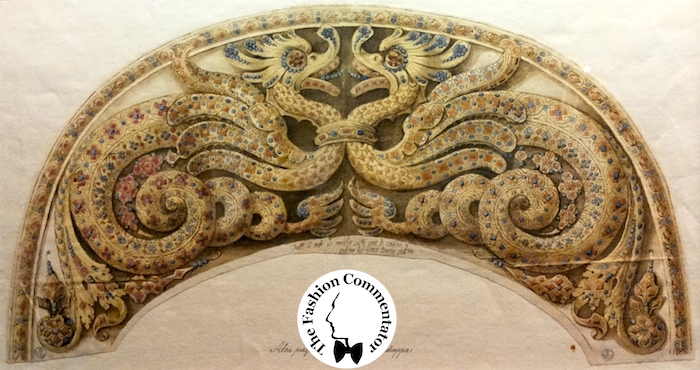 |
| Mostra Jacopo Ligozzi Firenze – Studio per gualdrappa da sella ricamata e ornata di pietre preziose, 1616 |
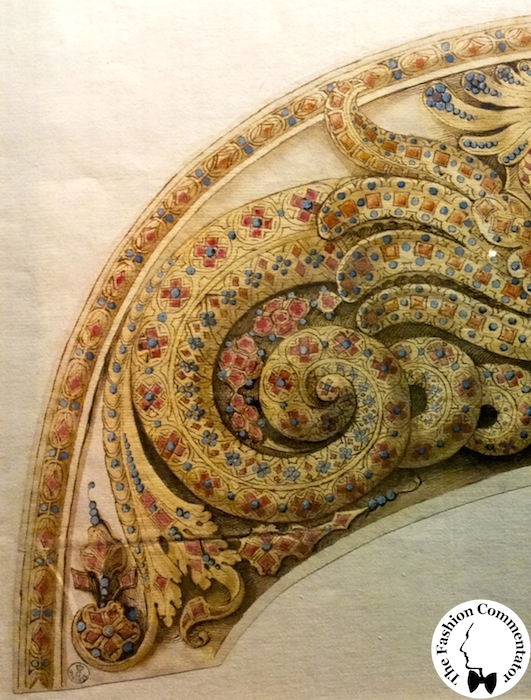 |
| Mostra Jacopo Ligozzi Firenze Studio per gualdrappa da sella ricamata e ornata di pietre preziose, 1616 |
 |
| Mostra Jacopo Ligozzi Firenze Studio per gualdrappa da sella ricamata e ornata di pietre preziose, 1616 |
To enrich the section of sketches and drawings, there is a series of models for glasses ‘da capriccio’, i.e. jugs and glasses with bizarre shapes designed for the decoration of sumptuous banquets. The Grand Duke Cosimo II was so fond of this type of objects that he installed a furnace in the Boboli Gardens in which worked the most famous glassmakers family from Murano.
 |
| Mostra Jacopo Ligozzi Firenze – Modelli per bicchieri ‘da capriccio’, 1617-1618 Courtesy Press Office |
Among the other arts and crafts that saw protagonist Jacopo Ligozzi, the exhibition showcases his models for the precious stones goods made by the Opificio granducale (factory). Flowers, still lifes and seascapes, are just some examples of the decorative motifs used for the marble tables of the Pitti Palace. These refined and heavy rectangles seems to come to life thanks to the vivid colors and the realistic details. They seem to challenge in beauty the scarves of the most important fashion houses preserved in the adjacent Costume Gallery. I wonder if the painter Vittorio Accornero took inspiration from these marble plans to design the iconic Gucci Flora scarf dedicated to Grace Kelly in the ’60s.
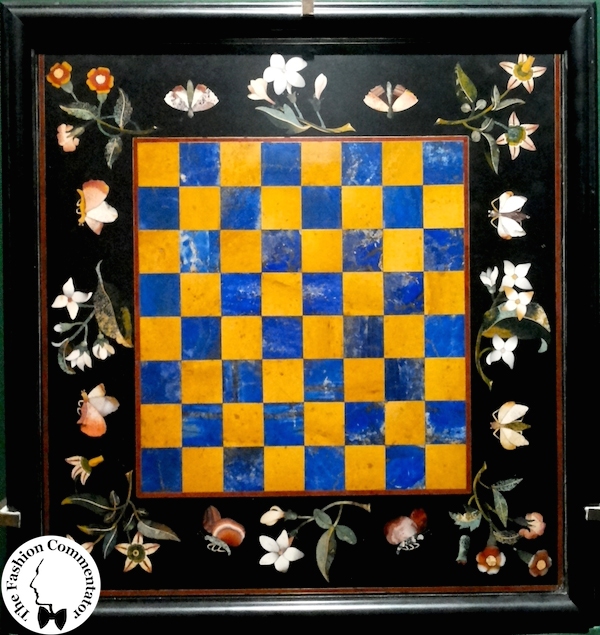 |
| Mostra Jacopo Ligozzi Firenze – Manifattura granducale su modello di Ligozzi, Scacchiera, 1617-1619 |
 |
| Mostra Jacopo Ligozzi Firenze – Manifattura granducale su modello di Ligozzi, Tavolo dei fiori, 16114-1621 |
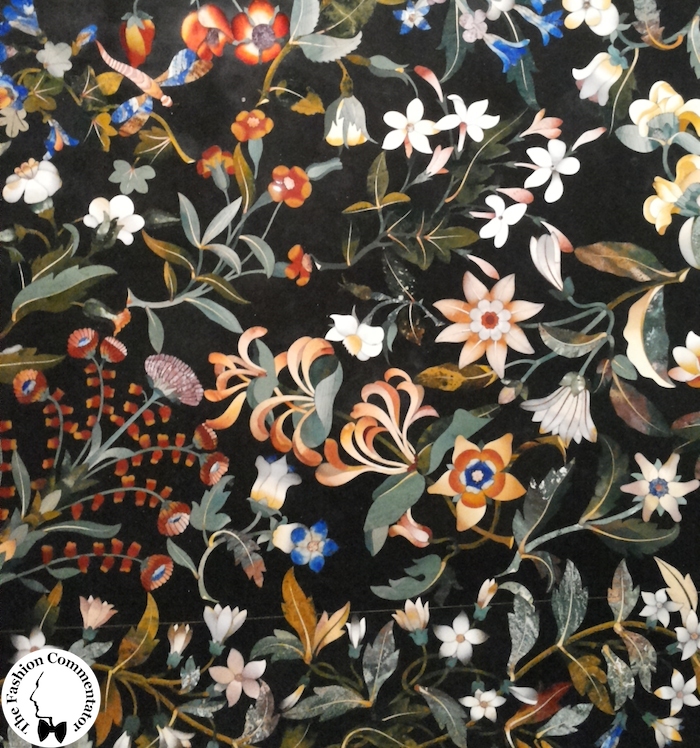 |
| Mostra Jacopo Ligozzi Firenze – Manifattura granducale su modello di Ligozzi, Tavolo dei fiori, 16114-1621 |
The exhibition continues with a long winding path through passages and frescoed rooms (usually closed to the public) showcasing all the main issues which influenced the production of Jacopo Ligozzi. You can see the moral allegories, the ‘Vanitas’ theme (with two impressive portraits of a young couple which hide on the back side the still lifes of their own skulls in decomposition) and finally the religious painting, to which the painter devoted himself since the years at the Medici court and after his fall from grace.
 |
| Mostra Jacopo Ligozzi Firenze – dettaglio di soffitto affrescati nella sala attigua alla Sala Bianca |
 |
| Mostra Jacopo Ligozzi Firenze – Allestimento sale religiose |
Mostra Jacopo Ligozzi Firenze – Allegorie della Lussuria e dell’Accidia, 1590 – Courtesy Press Office
 |
| Mostra Jacopo Ligozzi Firenze – Ritratto femminile e natura morta macabra, 1604 |
 |
| Mostra Jacopo Ligozzi Firenze – Ritratto maschile e natura morta macabra, 1604 |
 |
| Mostra Jacopo Ligozzi Firenze – Adorazione dei Magi, 1597 – Courtesy Press Office |
 |
| Mostra Jacopo Ligozzi Firenze – Cristo nell’orto degli olivi, 1622 – Courtesy Press Office |
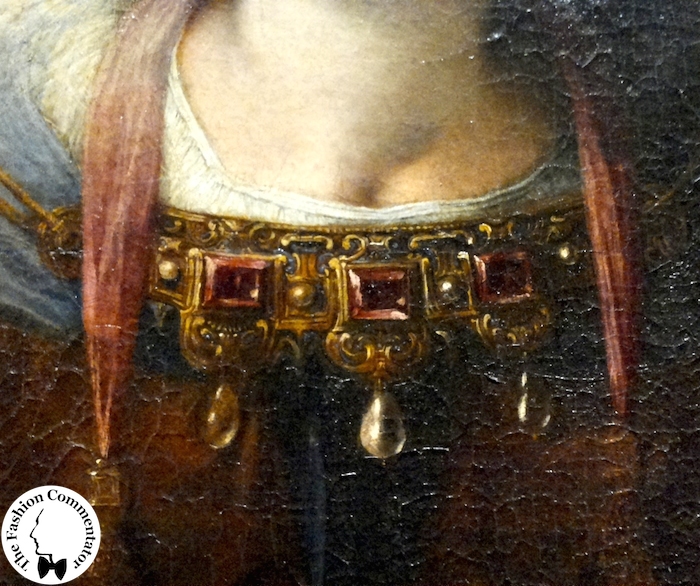 |
| Mostra Jacopo Ligozzi Firenze – Cristo nell’orto degli olivi, 1622 – dettaglio del collare |
Finally, with this exhibition Florence celebrates an artist forgotten by history, stimulating the imagination of the visitors and making them to regret the fact of not having lived at the Medici court in the era of the lavish parties.
Alessandro Masetti – The Fashion Commentator
+con+Vedova+Domenicana+(Vidua+Macroura),+Vedova+Paradisea+(Steganura+paradisea)+e+Vedova+Combassu%CC%80+(Hypochera+Chalybeata),+1577-1587+ca.png)
,+Giaggiolo+orientale+(Iris+Xyphium+L.),+1577-1587+ca.jpg)
+e+un+insetto+(Clerus+apianus+L.),+1577-1587+ca.jpg)
+e+talpa+(Talpa+sp.),+1577-1587+ca.jpg)
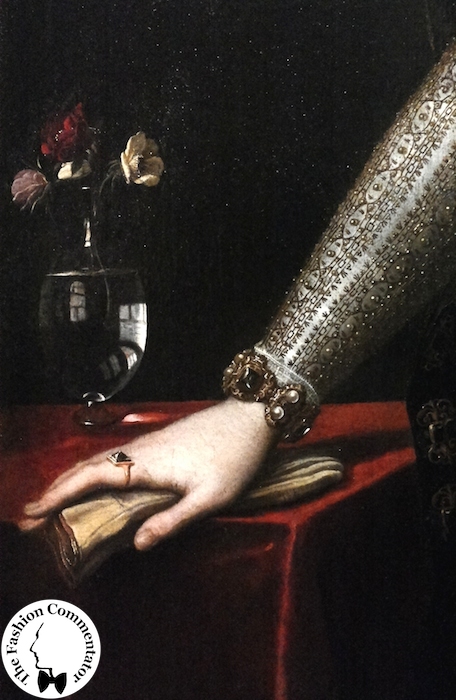
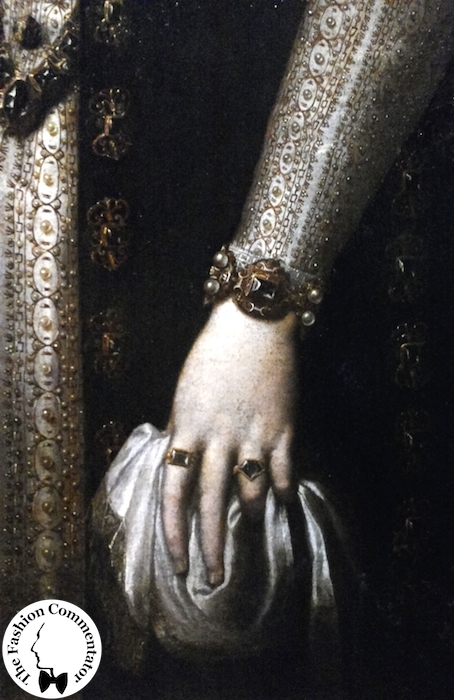
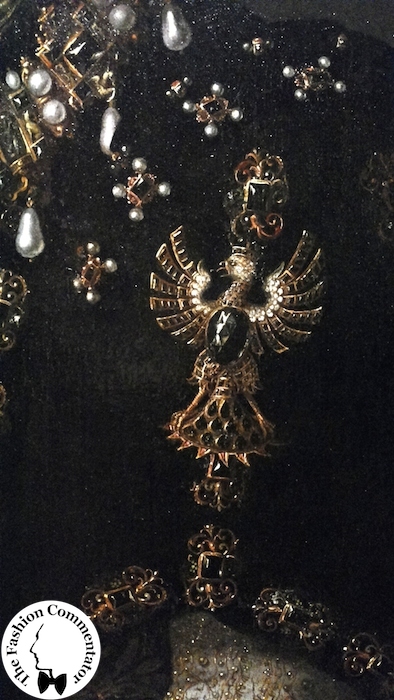
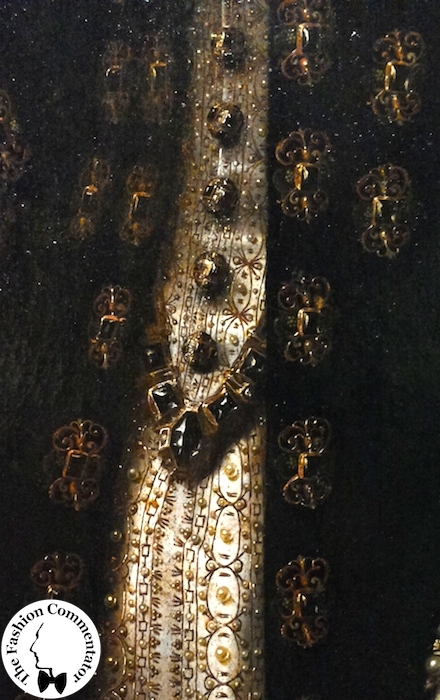
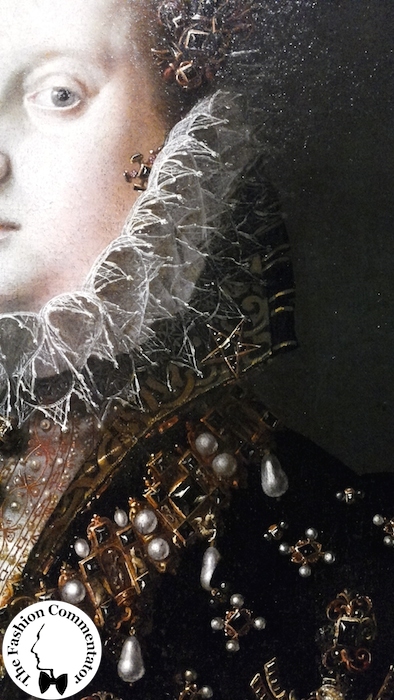
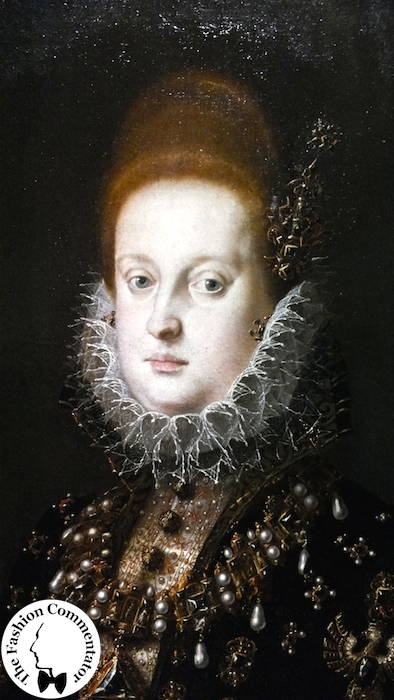


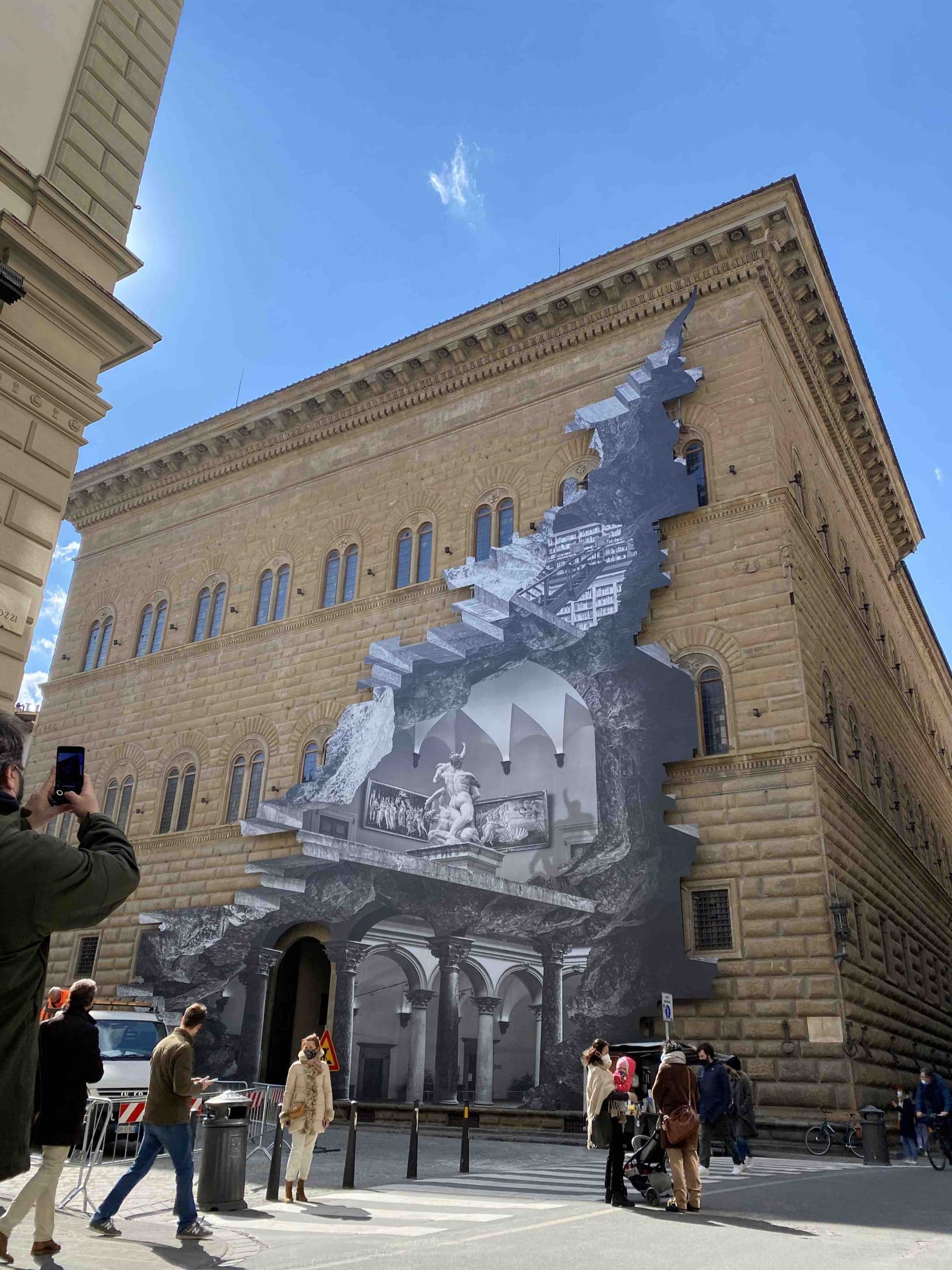
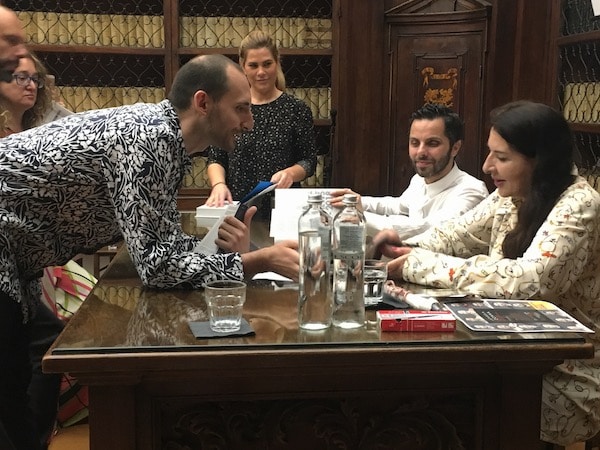
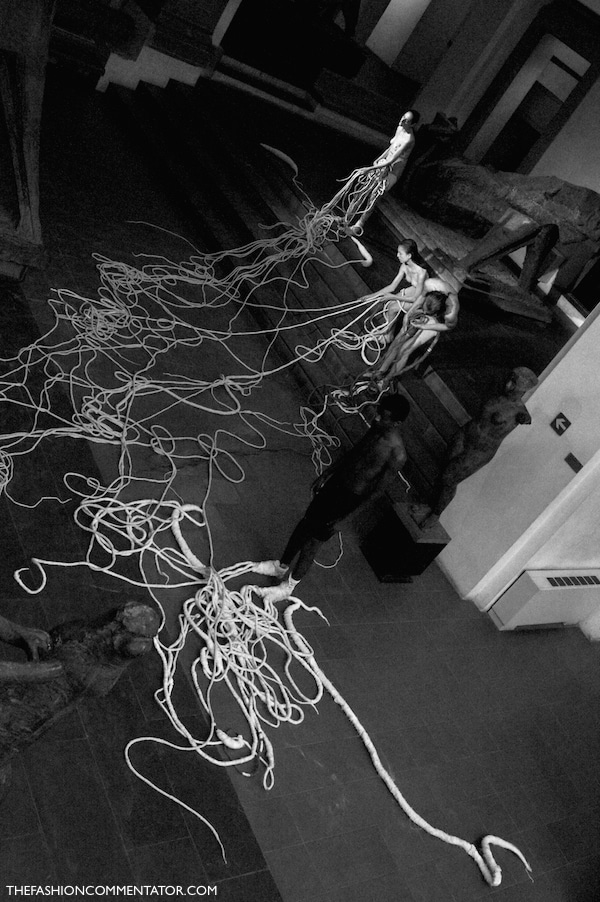
Bene, ho trovato dove portare mia mamma durante questi giorni che è qui!!
Mi sembra una mostra davvero interessante!!
XOXO
Cami
Paillettes&Champagne
Vabbè, la meraviglia.
Non conoscevo Ligozzi, ma è un’artista semplicemente eccellente. Sono rimasta colpita da tutto, dai Naturalia – adoro questo genere di opera un po’ scientifica – ai ritratti con tutti quei dettagli (che spettacolo la gorgiera), per non parlare dei manufatti in pietre dure; direi che è più che possibile che l’ispirazione per il foulard Flora venga da lì. Le nature morte macabre sono terribili, non avevo mai visto nulla del genere.
Stupendi anche gli schizzi dei bicchieri da capriccio; a dire il vero sono proprio l’idea e il nome dei bicchieri da capriccio che mi fanno impazzire.
Insomma mostra notevole e notevolissimo post 😉
Baci
Alessia
ElectroMode
i l,ike this site thanx
I have three paintings that I believe to be originals of Jacopo Ligozzi but no one will verify them. I tried to contact a museum in Italy but no one responded. It’s frustrating. They are miniatures.